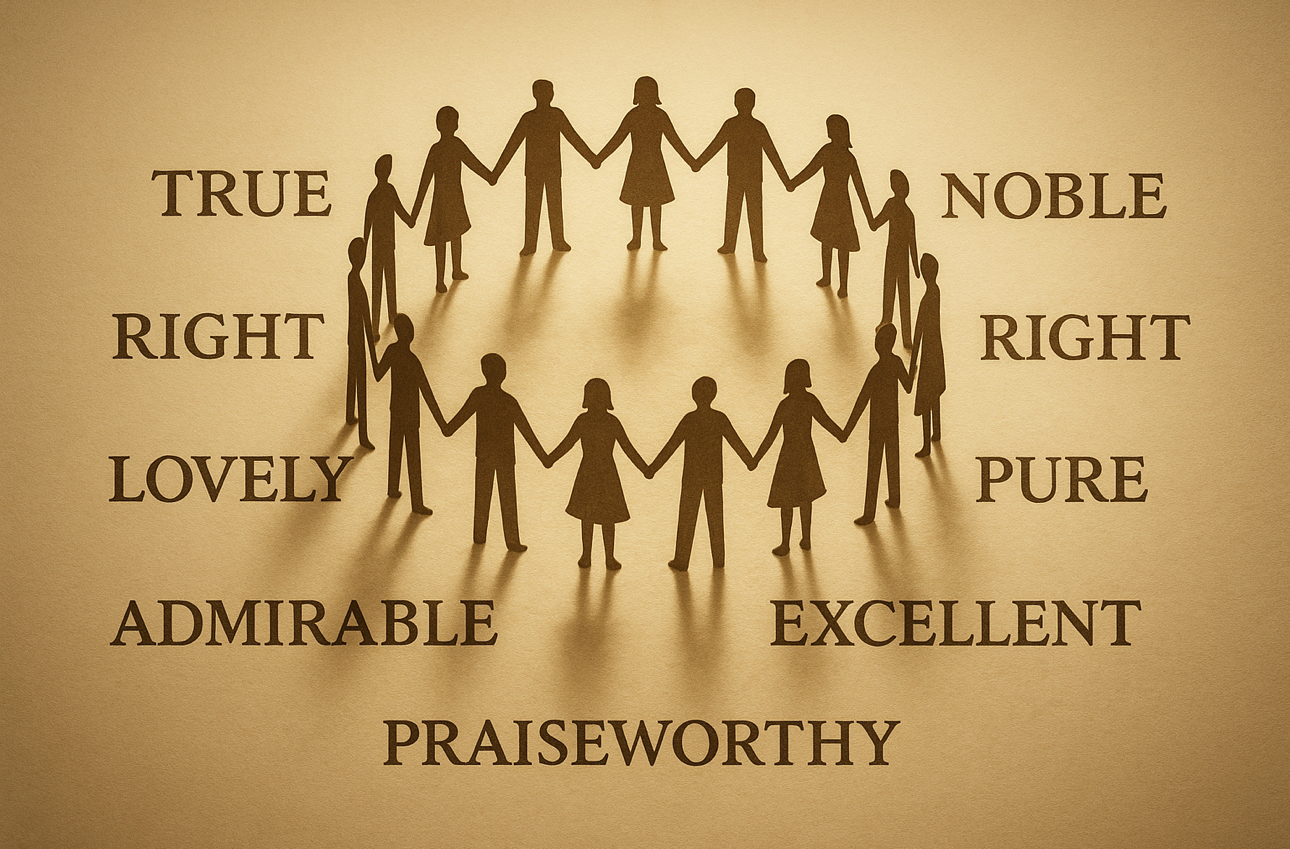
01 Sep The Formative Edge
Why Smart Leaders Are Training Their Brain Like Athletes Train Their Bodies?
Here’s a wild stat: 95% of nonprofit leaders are concerned about burnout. Yet the organizations thriving in this chaos aren’t just managing stress—they’re literally rewiring their teams’ brains for resilience.
Sounds like science fiction? It’s actually just science.
The Problem With Our Beautiful, Broken Brains
Our brains were designed for survival, not spreadsheets. That ancient wiring keeps us scanning for threats—staff departures, budget shortfalls, angry stakeholders—while barely registering what’s actually working. It’s like having a security system that only notices break-ins, never the fact that 99.9% of the time, everything’s fine.
The result? Leadership teams stuck in what neuroscientists politely call “threat-detection mode” but what the rest of us call “Tuesday.”
But here’s where it gets interesting: recent research shows we can actually rewire these patterns. Gratitude practices, which might also be called appreciation routines or win reviews, don’t just make you feel warm and fuzzy—they strengthen the prefrontal cortex, the brain region handling decision-making, emotional regulation, and strategic thinking. You know, those minor leadership skills.
What Your Team Gets (Besides Feeling Less Crazy)
When organizations build what I call “formative infrastructure”—systematic practices that train attention toward solutions and possibilities—they’re not just improving morale. They’re building competitive advantage:
Sharper Strategic Thinking: Teams practicing attention training literally develop enhanced pattern recognition. You start seeing opportunities others miss and connections others don’t make.
Better Collaboration: Gratitude practices decrease activity in the brain’s threat center. Translation: your team meetings become less like hostage negotiations and more like actual problem-solving sessions.
Innovation Edge: A brain primed to notice what’s working is a brain equipped to build on it. Your innovation sprints stop feeling like exercises in creative frustration.
Actual Resilience: Not the fake “we’re fine, everything’s fine” kind, but the real deal—teams that get stronger through challenge instead of just surviving it.
Enter the Litany of the Good
This is why I created the Litany of the Good Sacred Version and Secular Version—a three-minute practice based on Philippians 4:8 that works like cognitive CrossFit for leadership teams. It’s designed to systematically train attention toward “whatever is true, noble, right, pure, lovely, admirable, excellent, praiseworthy.”
Sounds religious? Maybe. But it also sounds like exactly the kind of mental training that builds the neural pathways for strategic leadership.
The practice works because neurons that fire together wire together. Every time your team collectively focuses on what’s working, what’s possible, and what’s worth celebrating, you’re literally strengthening the brain circuits that recognize assets, solutions, and emerging opportunities.
How to Actually Use This (Without Your Team Thinking You’ve Lost It)
Start One Meeting Differently: Try opening your next leadership team meeting with the Litany. Three minutes. See what happens to the quality of conversation that follows.
Innovation Bootcamp: Begin brainstorming sessions with gratitude practice. Your prefrontal cortex will thank you with better ideas.
Before Hard Conversations: Use it before challenging stakeholder meetings. A calm, clear brain negotiates better than an anxious one.
Board Meetings: Transform your board from oversight committee to strategic asset by starting with collective attention training.
The Bottom Line (Or: Why This Isn’t Just Nice-to-Have)
Organizations that treat cognitive architecture like infrastructure will outperform those that don’t. It’s that simple.
We’re at an inflection point. The teams that develop systematic practices for attention training, collaborative intelligence, and adaptive capacity will thrive. Those that wing it will keep burning through talent and wondering why everything feels so hard.
The neuroscience is clear: you can engineer resilience. The question is whether you’ll build the practices to make it happen systematically, or keep hoping good leadership emerges by accident.
Your brain is plastic. Your team’s collective intelligence is trainable. And in a world where attention is the scarcest resource, the organizations that can focus—really focus—on what matters most will win.
Ready to try it? The Litany of the Good Sacred Version and Secular Version takes roughly three minutes and could change how your team sees everything. What’s the worst that could happen—you accidentally build a more resilient organization?
—–
What practices is your team using to stay focused on what matters most? I’d love to hear what’s working (and what isn’t) in the comments.


